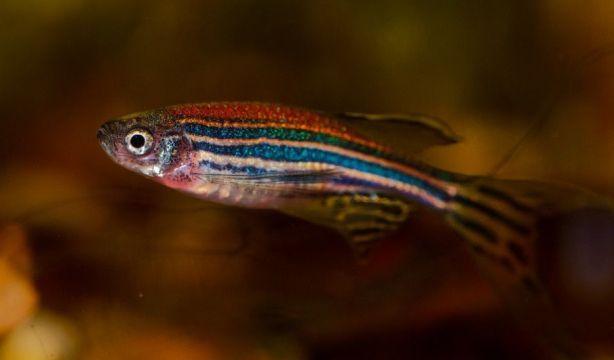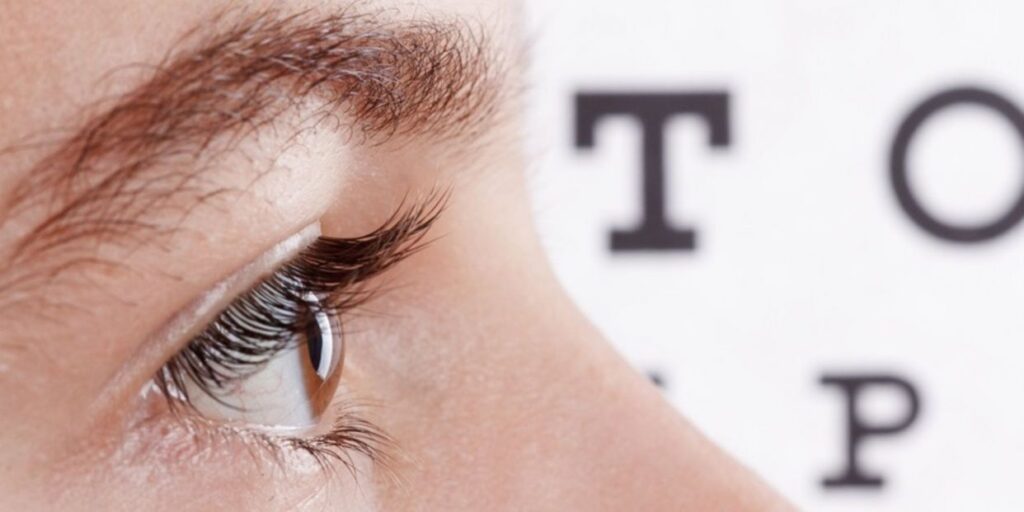The Human Molecular Genetics Laboratory of the Albacete Faculty of Medicine has made a study that has discovered the function of a key gene in rare ocular genetic diseaseswhich is a very important step in its understanding, as reported by the University of Castilla-La Mancha (UCLM) in a press release.
This work focuses on adamtsl4 genwhose mutations are related to the Dislocation of the lens and other serious eye problems. “Until now, the biological functions of this gene were not completely known. To investigate its role, we have created a Cebra fish model genetically modified, eliminating the gene equivalent to human adamtsl4, “they point out. As explained, the choice of zebra fish is because this animal shares many genetic similarities with human beings” and is ideal for studying embryonic development. “
The results have shown that zebra fish with the inactivated gene They manifest very similar alterations to those of patients with diseases related to the ADAMTSL4 gene. Among these alterations are Embryonic development problemsas head malformations, smaller eyes and other problems, “which shows that the ADAMTSL4 gene is vital for normal development“They say.

Research not only clarifies the role of the ADAMTSL4 gene, but also offers a reliable animal model for future research. “Understand how this gene works and why their mutations cause these diseases is First step to develop effective treatments“. This discovery helps Understand the causes of these rare diseases and opens the door to the search for new therapies that can improve the quality of life of affected patients.
The study, recently published, has been led by teachers Julio Escribano and José Daniel Arocaand is part of the doctoral thesis of Angel Tevarcurrently postdoctoral researcher at Harvard University. It has been carried out in collaboration with researchers from the Sanitary Research Institute of the San Carlos Clinical Hospital of Madrid and the Faculty of Optics and Optometry of the Complutense University of Madrid
In addition, it has been subsidized by the Carlos III Health Institutehe Ministry of Science, Innovation and Universitiesthrough the State Research Agency (AEI), and European Feder. It has also had the support of the Ministry of Science and Technology of the Community Board of Castilla-La Mancha and the UCLM itself, to whom the research groups express their gratitude.


